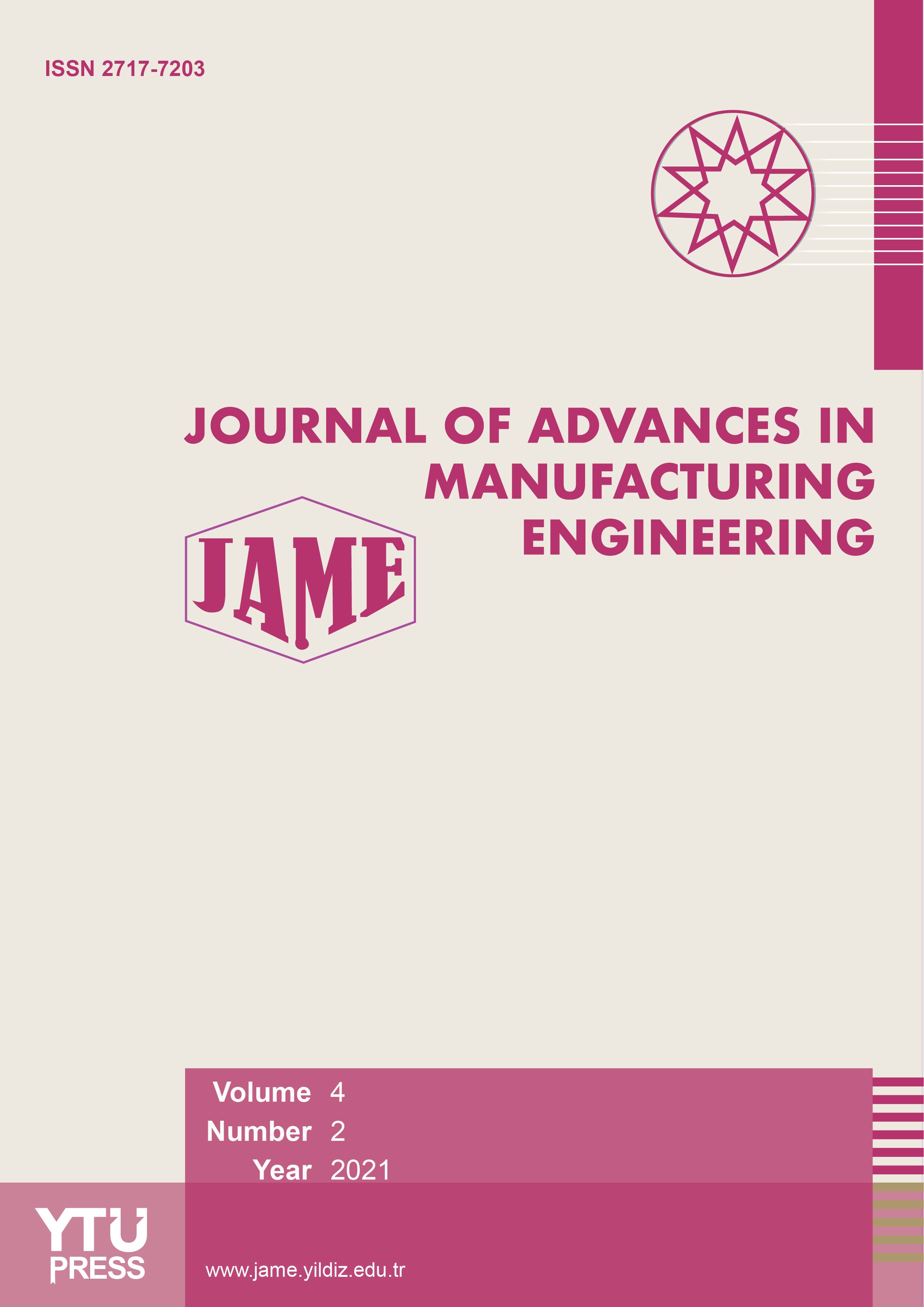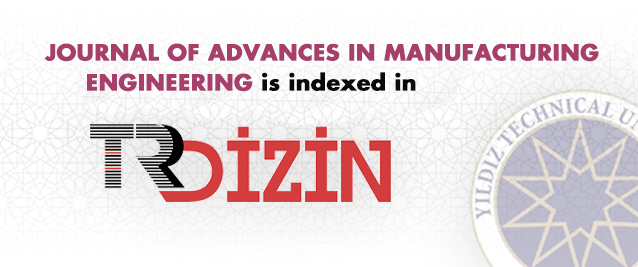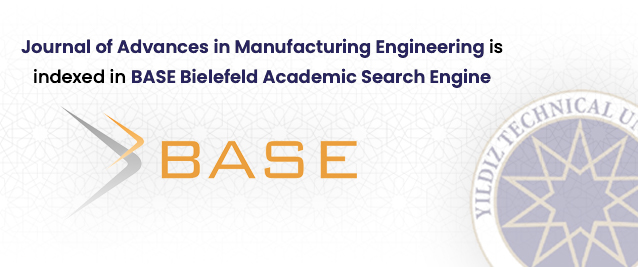2Gazi UniversityFaculty of Technology, Ankara, Türkiye
3Department of Mechanical Engineering, Bursa Uludağ University Faculty of Engineering, Bursa, Türkiye
Abstract
This research investigates how effectively machine learning algorithms can predict cutting forces during machining, offering a practical alternative to conventional experimental and numerical methods. The experiments included turning AISI 1117 steel with a cemented car bide insert on a CNC lathe while changing the cutting speed, feed rate, and depth of cut in a planned way. Cutting force data was collected using a Kistler 9257B dynamometer and used to train and test several regression-based machine learning models. These ncluded cubic support vector machine (SVM), gaussian process regression (GPR), various forms of linear regression, decision trees, and ensemble techniques. Two modelling scenarios were analysed: one using cutting speed and feed rate as input variables, and the other using depth of cut as a third input. In the two-variable case, cubic SVM showed the best performance (R²=0.93, root mean squared error [RMSE]=19.57), while GPR with a Matern 5/2 kernel achieved the highest accuracy in the three-variable model (R²=0.99, RMSE<40). Model performance was assessed
using metrics such as R², RMSE, mean squared error, and mean absolute error, with R² and RMSE being most effective for comparisons. The findings indicate that while cubic SVM is suitable for simpler, lower-dimensional data, GPR performs better in capturing complex, nonlinear relationships among multiple variables.














